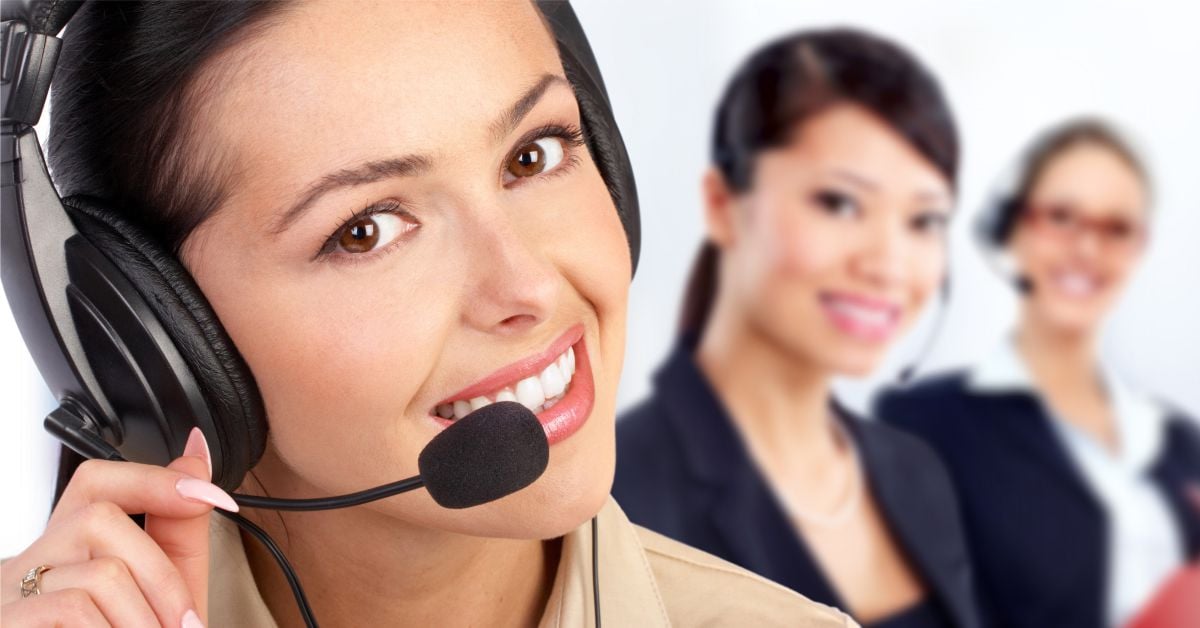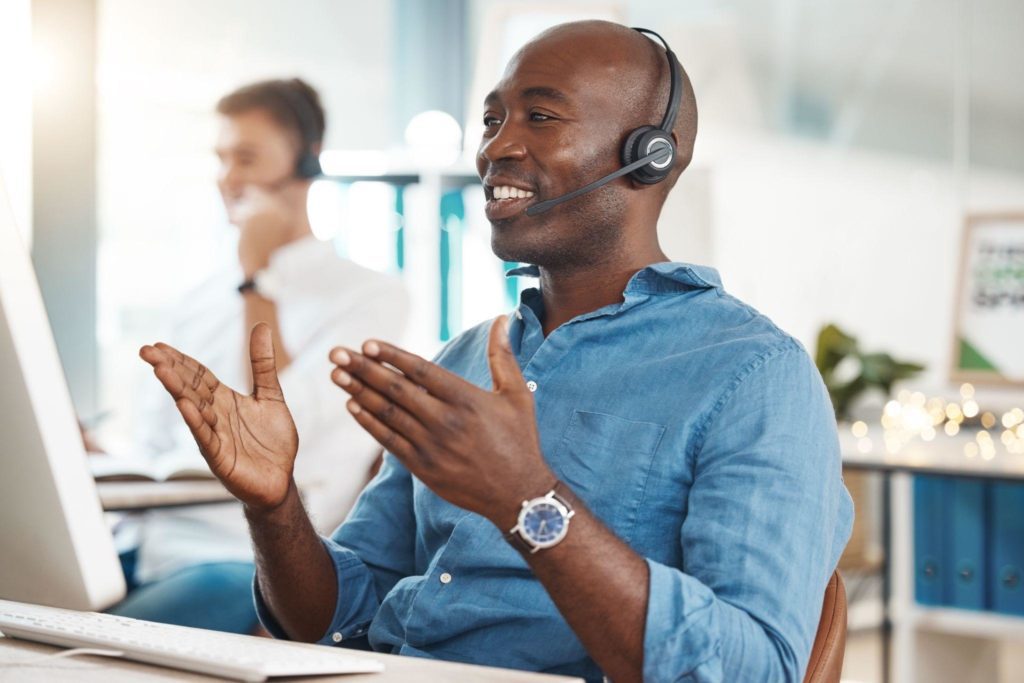All Categories
Featured
Table of Contents
- – What Is The Best What Is An Answering Service? ...
- – What Are The Best Phone Answering Service - In...
- – What Is The Best A Guide To Using Automated An...
- – What Is The Best A Complete Guide For Using A...
- – What's The Best Telephone Answering Services
- – What Was The Most Popular Answering Machine?
What Is The Best What Is An Answering Service? To Get Right Now
This device and its successors were developed by Sava Jacobson, an electrical engineer with a personal consulting business. While early voice mail utilized magnetic tape technology, many modern-day devices utilizes strong state memory storage; some gadgets use a combination of both, with a solid-state circuit for the outbound message and a cassette for the incoming messages.
"toll saving" listed below) (answering service). This is beneficial if the owner is screening calls and does not wish to speak to all callers. In any case after going, the calling celebration should be informed about the call having actually been addressed (for the most part this begins the charging), either by some remark of the operator, or by some welcoming message of the little bit, or dealt with to non-human callers (e.
This holds specifically for the Little bits with digitally stored welcoming messages or for earlier machines (prior to the increase of microcassettes) with a special endless loop tape, separate from a 2nd cassette, committed to recording. There have been answer-only gadgets with no recording capabilities, where the greeting message needed to notify callers of a state of current unattainability, or e (phone answering).
What Are The Best Phone Answering Service - Intelligent Office Companies?

about accessibility hours. In tape-recording Little bits the welcoming typically consists of an invite to leave a message "after the beep". An answering maker that uses a microcassette to record messages On a dual-cassette answerphone, there is an outbound cassette, which after the defined variety of rings plays a pre-recorded message to the caller.

Single-cassette answering devices contain the outbound message at the beginning of the tape and incoming messages on the remaining area. They initially play the announcement, then fast-forward to the next offered area for recording, then tape-record the caller's message. If there are lots of previous messages, fast-forwarding through them can trigger a significant delay.
This beep is often described in the welcoming message, requesting that the caller leave a message "after the beep". Littles with digital storage for the tape-recorded messages do disappoint this hold-up, of course. A little bit may provide a push-button control center, where the answerphone owner can call the home number and, by getting in a code on the remote telephone's keypad, can listen to tape-recorded messages, or delete them, even when away from home.
What Is The Best A Guide To Using Automated Answering Systems Company

Thus the machine increases the variety of rings after which it answers the call (usually by 2, leading to 4 rings), if no unread messages are currently saved, however responses after the set number of rings (usually 2) if there are unread messages. This allows the owner to discover out whether there are messages waiting; if there are none, the owner can hang up the phone on the, e.
Some machines also enable themselves to be from another location triggered, if they have actually been changed off, by calling and letting the phone ring a particular a great deal of times (usually 10-15). Some provider abandon calls already after a smaller variety of rings, making remote activation impossible. In the early days of TADs a special transmitter for DTMF tones (dual-tone multi-frequency signalling) was regionally required for push-button control, considering that the formerly used pulse dialling is not apt to convey suitable signalling along an active connection, and the dual-tone multi-frequency signalling was implemented step-by-step.
Any inbound call is not recognizable with respect to these homes in advance of going "off hook" by the terminal equipment. So after going off hook the calls need to be changed to proper gadgets and only the voice-type is right away accessible to a human, however possibly, however need to be routed to a TAD (e.
What Is The Best A Complete Guide For Using Automated Answering Systems Deal Right Now
What if I informed you that you do not have to really get your device when responding to a consumer call? Somebody else will. So hassle-free, right? Addressing telephone call doesn't need somebody to be on the other end of the line. Efficient automated phone systems can do the trick simply as efficiently as a live representative and in some cases even better.
An automated answering service or interactive voice action system is a phone system that communicates with callers without a live person on the line - business call answering service. When business use this innovation, customers can get the answer to a question about your service simply by using interactions established on a pre-programmed call flow.
Although live operators update the customer care experience, many calls do not need human interaction. An easy taped message or instructions on how a client can obtain a piece of details usually fixes a caller's immediate requirement - business answering service. Automated answering services are a simple and efficient method to direct incoming calls to the best individual.
What's The Best Telephone Answering Services
Notification that when you call a company, either for assistance or product inquiry, the first thing you will hear is a pre-recorded voice welcoming and a series of choices like press 1 for customer care, press 2 for queries, and so on. The pre-recorded options branch off to other choices depending upon the customer's choice.
The phone tree system helps direct callers to the best individual or department using the keypad on a cellphone. In some circumstances, callers can utilize their voices. It's worth keeping in mind that auto-attendant alternatives aren't limited to the 10 numbers on a phone's keypad. Once the caller has selected their first choice, you can create a multi-level auto-attendant that uses sub-menus to direct the caller to the right sort of support.
The caller does not need to interact with a person if the auto-attendant phone system can manage their issue. The automatic service can route callers to a staff member if they reach a "dead end" and require support from a live representative. It is expensive to work with an operator or executive assistant.
What Was The Most Popular Answering Machine?
Automated answering services, on the other hand, are significantly more economical and offer considerable cost savings at approximately $200-$420/month. Even if you do not have actually dedicated staff to deal with call routing and management, an automated answering service improves efficiency by enabling your team to focus on their strengths so they can more efficiently invest their time on the phone.
A sales lead routed to customer care is a lost shot. If a customer who has product concerns reaches the incorrect department or gets insufficient responses from well-meaning workers who are less trained to manage a particular kind of concern, it can be a cause of frustration and frustration. An automatic answering system can minimize the variety of misrouted calls, thus helping your employees make better usage of their phone time while maximizing time in their calendar for other tasks.
With Automated Answering Systems, you can create an individualized experience for both your staff and your callers. Make a recording of your main welcoming, and just update it frequently to show what is going on in your organization. You can develop as numerous departments or menu options as you desire.
Table of Contents
- – What Is The Best What Is An Answering Service? ...
- – What Are The Best Phone Answering Service - In...
- – What Is The Best A Guide To Using Automated An...
- – What Is The Best A Complete Guide For Using A...
- – What's The Best Telephone Answering Services
- – What Was The Most Popular Answering Machine?
Latest Posts
Receptionist Service Near Me – Subiaco 6008
Eco-Friendly Emergency Call Answering Service Near Me – Ballarat
Tailored Custom Phone Answering
More
Latest Posts
Receptionist Service Near Me – Subiaco 6008
Eco-Friendly Emergency Call Answering Service Near Me – Ballarat
Tailored Custom Phone Answering